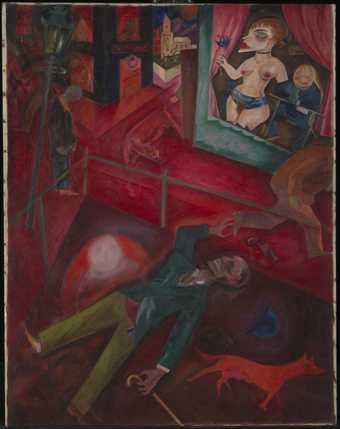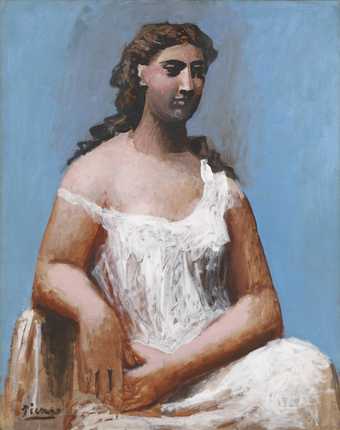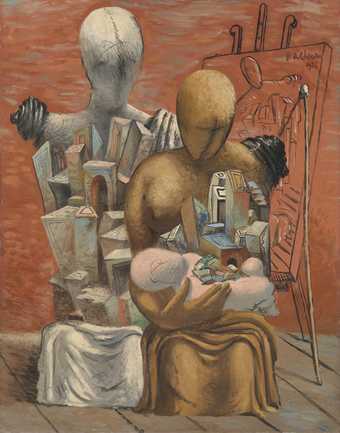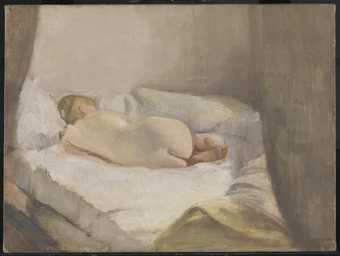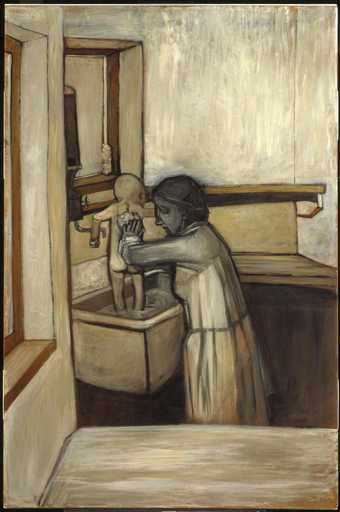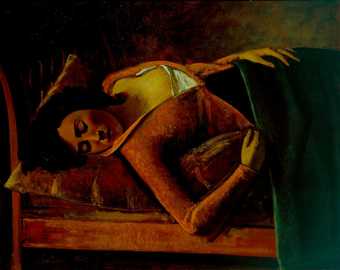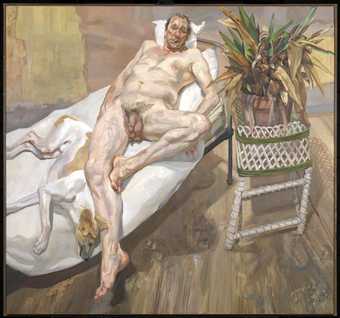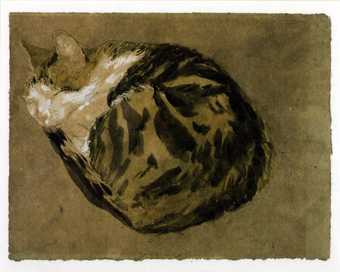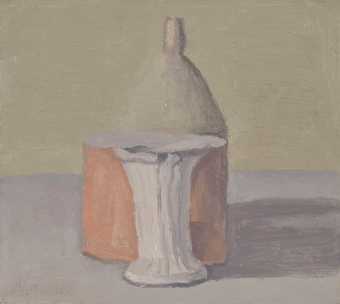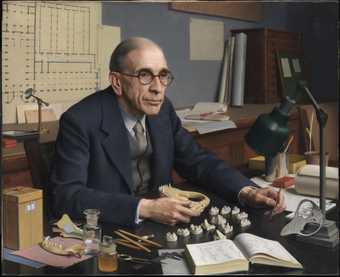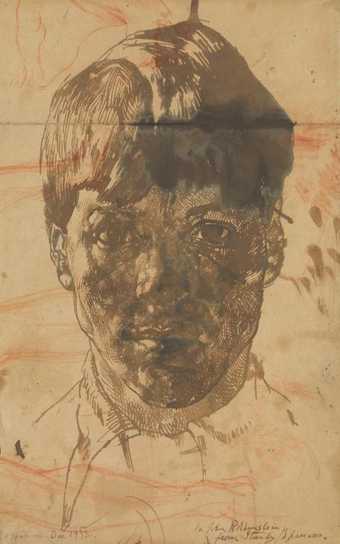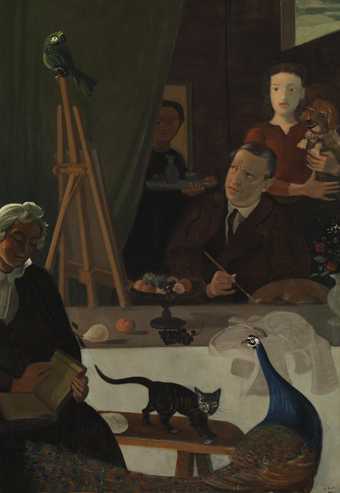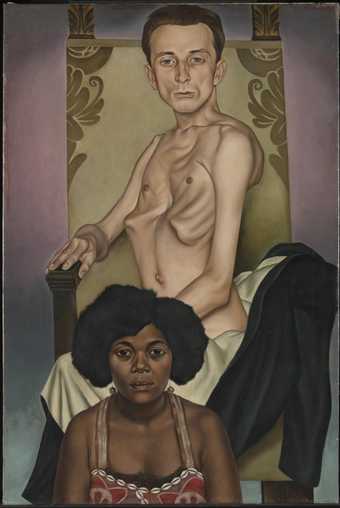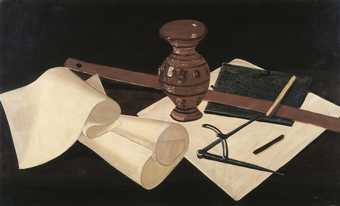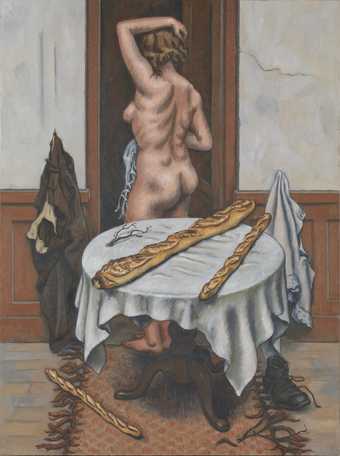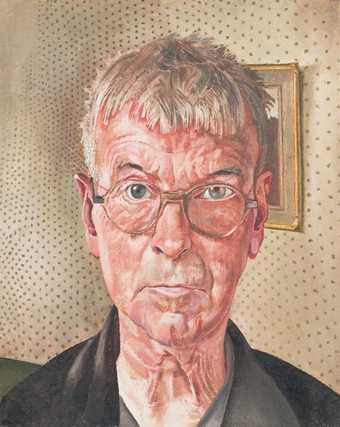
Sir Stanley Spencer
Self-Portrait
(1959)
Tate
© Estate of Stanley Spencer. All Rights Reserved 2023 / Bridgeman Images
Although in the nineteenth century realism had a special meaning as an art term, since the rise of abstract approaches in modern art, realism, or realist, or realistic, has come to be primarily a stylistic description referring to painting or sculpture that continues to represent things in a way that more or less pre-dates post-impressionism and the succession of modern styles that followed. Much of the best modern realist art still has the edginess of subject matter that was the essential characteristic of nineteenth-century realism.
In the twentieth century, realism saw an upsurge in the 1920s when the shock of the First World War brought a reaction, known as the return to order, to the avant-garde experimentation of the pre-war period. In Germany this led to the Neue Sachlichkeit movement (Otto Dix, Christian Schad) and magic realism. In France, Andre Derain, previously a fauve painter, became a central figure in what was called traditionisme. In the USA there was the phenomenon of regionalism, and the great realist Edward Hopper. In Britain there was the Euston Road School and the painter Meredith Frampton. The British Kitchen Sink artists could be included, but they used essentially modern styles to paint realist subjects.

